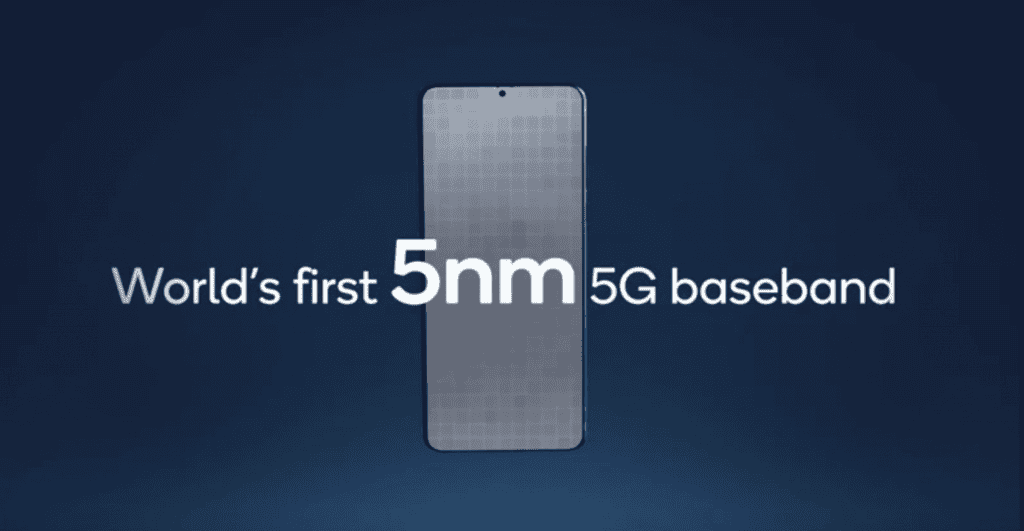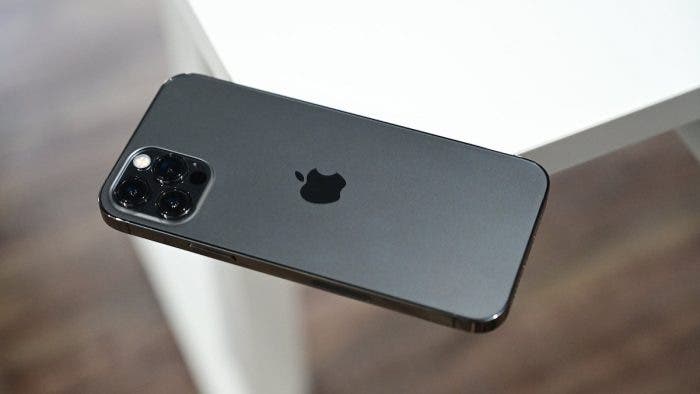According to recent reports, Apple’s next-generation iPhone 13 series will use Qualcomm’s 5G baseband, Snapdragon X60 modem. Furthermore, South Korean manufacturer, Samsung, will be in charge of the manufacturing. The Snapdragon X60 uses the latest 5nm manufacturing process. The iPhone 12 series uses the Snapdragon X55 modem which uses the 7nm manufacturing process. Comparatively, the Snapdragon X60 will be smaller in size and consume less power. This will help to conserve battery life.

With the X60 baseband, the iPhone 13 series can also support both mmWave (millimeter-wave) and Sub-6Ghz (5G signals below the 6Ghz frequency band) to achieve a high-speed and low-latency network signal. It will also take the 5G network performance to a new level.
There are two types of 5G networks: mmWave and sub-6GHz technology. The mmWave is what most people talk about with faster and higher 5G speed. Its technical characteristics are short-distance and ultra-fast, which is most suitable for densely populated urban areas. The sub-6GHz technology is commonly known as wireless below the 6GHz frequency band. This technology is lower in cost, but the signal spreads farther and can better serve suburban and rural areas.
The current iPhone 12 models do not support mmWave outside the United States. This means that the super-fast 5G network speeds will not be available for iPhone 12 series users outside the U.S. Nevertheless, there are speculations that the iPhone 13 models will support mmWave (millimeter waves) in other countries.
Gizchina News of the week
iPhone 13 speculations
The latest report claims that Apple is testing the iPhone 13 prototype without a notch internally. If the testing is a success, the iPhone 13 and subsequent iPhones may not use a notch. Well, with the pandemic which requires users to always wear a mask, there is really no need for Face ID technology anymore. This is because users cannot use the Face ID feature with a mask on.
Earlier reports claim that the iPhone 13 will likely use an on-screen fingerprint technology. This seems logical because, without the Face ID, the on-screen fingerprint sensor is the only alternative for biometric technology.
However, if the iPhone 13 will not use a notch, what happens to the front camera? There is no indication that Apple has perfected the on-screen camera technology. There is also no report that it will either use a punch-hole or waterdrop screen design.
iPhone 13 or iPhone 12s – which will it be?
There have been questions regarding the name of Apple’s upcoming series. Will it be iPhone 13 series or iPhone 12s series? Analysts believe that Apple will skip the “iPhone 13” because the number “13” is spooky in many western cultures. Technology manufacturers do this from time to time. Remember that Qualcomm recently adopted the number “888” for its latest flagship because it is a lucky number in China. There are reports that Apple will rather settle for “iPhone 12s” instead of iPhone 13. Furthermore, “s” with a smartphone usually refers to an upgrade to the original digital version. Thus, Apple’s next flagship is the iPhone 12s, it will just be an upgrade of the iPhone 12.





